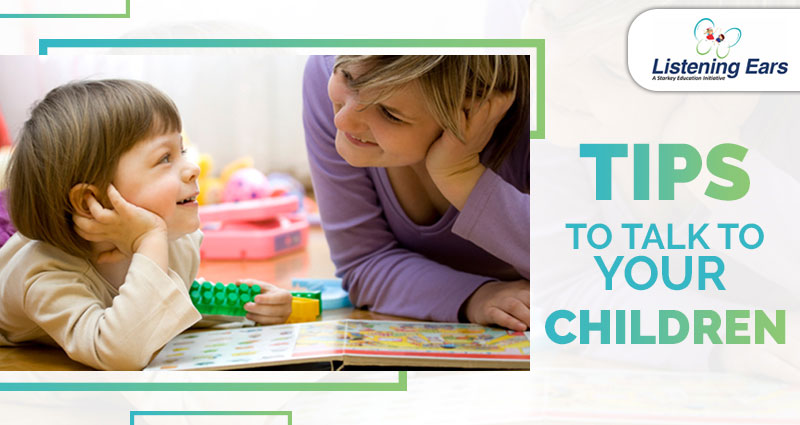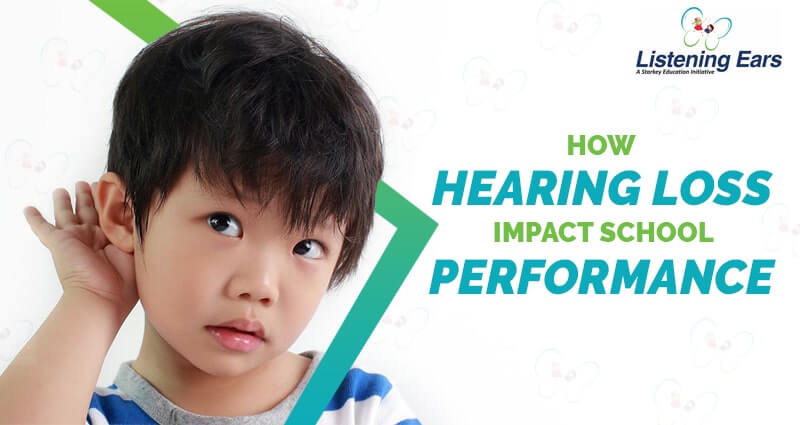Normal Speech & Language Development and Signs of Language Disorder
Ways to Promote the Language and Communication Skills of Infants and Toddlers
March 9, 2017Stuttering
June 21, 2017| Hearing and Understanding | Talking |
Birth–3 Months
|
Birth–3 Months
|
4–6 Months
|
4–6 Months
|
7 Months–1 Year
|
7 Months–1 Year
|
Signs of a Language Disorder
A language disorder may be spoken and/or written (reading and writing). It may also be receptive (understanding) and/or expressive (talking, reading, writing, or signing).
- Doesn’t smile or interact with others (birth–3 months)
- Doesn’t babble (4–7 months)
- Makes few sounds (7–12 months)
- Does not use gestures (e.g., waving, pointing) (7–12 months)
- Doesn’t understand what others say (7 months–2 years)
- Says only a few words (12–18 months)
- Doesn’t put words together to make sentences (1½–2 years)
- Says fewer than 50 words (2 years)
- Has trouble playing and talking with other children (2–3 years)
- Has problems with early reading and writing skills—for example, may not show an interest in books or drawing (2½–3 years)



